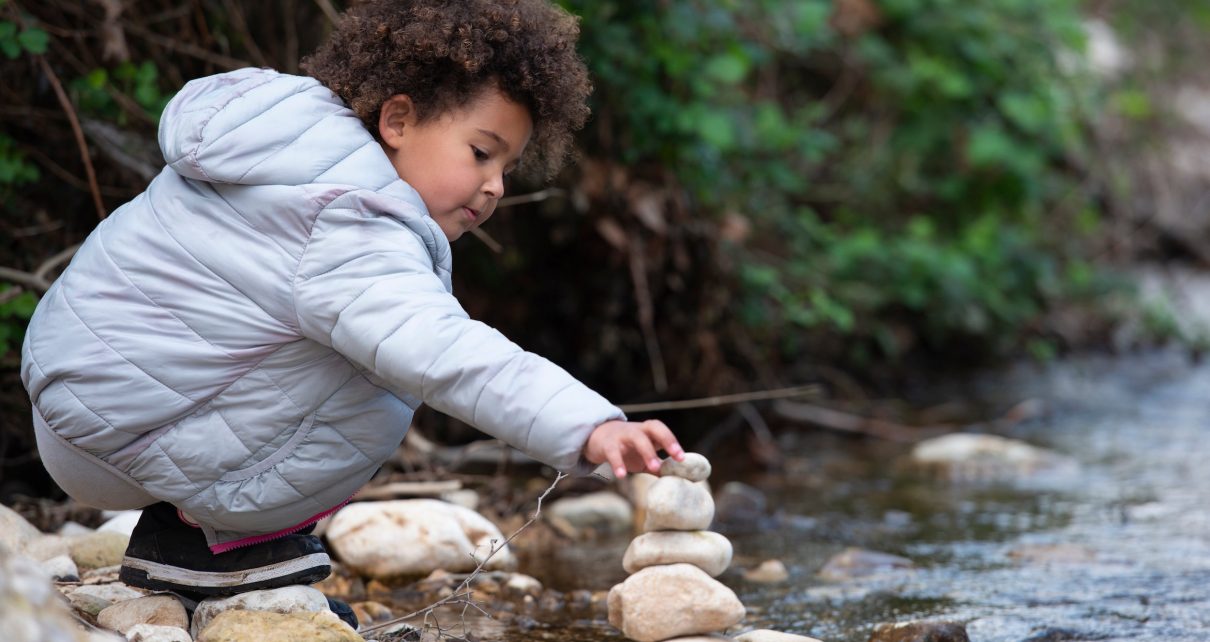With almost 70 percent of the world’s student population impacted by school closures according to UNESCO, the long-term impact on individuals, the education system, the global workforce, and tools and technology, can only be speculated about and hypothesized. What we do know is that building resilience among students is more important than ever.
The need for resilience isn’t new. For years, educators have been challenged with preparing students for jobs and technology that don’t even exist yet. The global pandemic will accelerate and influence many of these changes as schools and businesses integrate remote practices; demand grows for science, technology, engineering, arts and math (STEAM) careers, especially in health care and automation; and societies navigate the role and value of human interaction and collaboration. What was already an ambitious task for the global education system has been amplified, and the uncertainty today’s students face is even greater.
Like any experiment or challenge we ask students to solve, the goal isn’t finding one right answer and being done. True innovation comes from the iterative process of trying something, understanding why it did or didn’t work, and learning what to do differently or better. This process develops problem-solving, collaboration, creativity and critical thinking skills that build the resilience kids will need as students and as future employees, inventors and leaders.
It’s easy to see why resilience is a critical skill, but how can we foster it? The answer might be more fun than you think: learning through play.
THE SCIENCE BEHIND PLAY
To many, play and learning are opposites. Based on research by the LEGO Foundation, we know that that doesn’t have to be true. An evaluation of more than 50 educational approaches found many similarities with the learning through play model, which can be highly effective in building academic skills and engagement. Play provides an opportunity to build social (communication and collaboration), emotional (resilience and self-regulation) and physical (fine and gross motor) skills, as well as cognitive ones. This combination is critical to the holistic development of a child, with each skill domain bearing equal importance.
When successfully implemented in schools, learning through play becomes integral to everything from instructional design to administrative support to teacher skills training and professional development. Playful learning is intended to be part of the curriculum, which is different from free play, which is what kids might do at recess or with toys at home. Students learning through play are simultaneously achieving educational outcomes that align with local, state and federal standards and guidelines. You can readily see the merits of a playful approach in STEAM, where students benefit from collaboratively learning by doing and connecting concepts and content with real-world applications.
Consider learning about engineering design principles by listening to a lecture and completing a worksheet on how a factory conveyor belt works. Now imagine designing, building, and programming a robotic system to create that conveyor belt and move a ball on a path that includes a 90-degree turn. The academic objectives are the same in both scenarios, but with the hands-on activity, students work together, troubleshoot, and physically manipulate the motors and sensors. It is academically meaningful, socially interactive, actively engaging, iterative, and joyful – all of which are key characteristics of learning through play.
Academic performance is an important learning outcome, but it isn’t the only one. Soft skills are harder to quantify but have been shown to help build resilience in children. The LEGO Foundation found that the inherent joy and affective nature of play, along with its stimulation of multiple brain networks, make play particularly effective in maintaining and developing the social and emotional skills needed to deal with challenging and changing circumstances, as well as the resilience and creativity to adapt. Play can help students reduce anxiety, take control of their own situations, strengthen social relationships, reduce complexity and imagine positive scenarios. All of these are the underpinnings of the kind of resilience needed in 2020 and beyond.
DEVELOPING CONFIDENCE AND RESILIENCE
According to a Harris Interactive survey, 95 percent of teachers believe hands-on learning builds students’ confidence. And with confidence comes resilience. The survey found that students who are confident learners often are more prepared to face adversity head-on. Hands-on activities typically involve trial-and-error, which gives students a safe environment to work through frustrations and “bounce back” if they don’t get it right on their first attempt. Students build resilience through meaningful failure. A recent article from the New York Times articulates this well, sharing ideas for how to talk to children about failure in an approachable way. The author outlines a 2016 study from Kyla Haimovitz, a postdoctoral fellow at the University of Pennsylvania, in which Haimovitz finds children are more easily derailed by their mistakes when their parents indicate that failure is shameful. In other words, when children are taught mistakes are okay, they can learn how to work through them instead of giving up or getting hung up on them.
INTEGRATING PLAYFUL LEARNING AT HOME
The classroom is an ideal setting for playful, hands-on learning, but students don’t have to miss out on its benefits when they’re at home or on summer break. There is an extensive assortment of free resources for ideas and activity starters online. Whether it’s building with LEGO, learning the science behind gardening, or storytelling with math, there’s an activity to accommodate every type of learner, topic or interest, grade level and material or environment available.
Hands-on activities are also a great tool for teachers and parents concerned about screen time or struggling to keep students engaged and motivated. Teaching STEAM concepts doesn’t have to be intimidating since adding play makes it more accessible for parent and child. It can be as simple as building airplanes or race cars from craft supplies to teach motion, friction and aerodynamics. Kids can test different theories to see which of their designs successfully fly or drive. A LEGO Education Master Educator teaches computational and algorithmic thinking by making a PB&J sandwich. This fun and tasty activity is easy to do at home. Have your child tell you how to make this iconic dish, but only do it exactly as they instruct you. This is the same way your child would program a robot to complete a task. You’ll both get a laugh when the direction isn’t discrete and you smear jelly on the table, not the bread. The more children experience these small failures, through trial and error, and eventually succeed, the more they develop the elasticity to bounce back.
THE FUTURE IS STEAM
The way we live and work has been changing in light of the Fourth Industrial Revolution. In a 2017 report, McKinsey estimated that by 2030 up to 375 million people may need to switch occupational categories and learn new skills. The pace of change isn’t slowing down, and many predict the pandemic will only accelerate the adoption of automation. As a result, the demand for skilled workers will continue to grow, but will the pipeline of talent be there to support it?
Closing that growing skills gap starts in the classroom as we prepare students with the skills they need. Students need to learn technical STEAM skills like engineering, coding and programming, as well as soft skills. In fact, problem-solving, critical thinking, and creativity top the list of skills needed to thrive according to the World Economic Forum. These are also the skills that are uniquely human and differentiate our role in an increasingly digital world.
These past few months have shown how rapidly our world can change and how valuable resilience and confidence continue to be. Through all this uncertainty, we have seen students, educators and parents rise to the occasion and embrace a growth mindset. These moments of resilience—big and small—will help lead the way forward, but our work doesn’t stop there. Whether in living rooms and backyards or in physical or virtual classrooms, students need to continue building this resilience. With it, they will view challenges as opportunities, tap into their creativity and confidence to find solutions, and ultimately be better prepared to rebuild and reimagine the world around them.
Looking for ideas and inspiration for hands-on at-home learning? Check out https://www.lego.com/en-us/letsbuildtogether and https://education.lego.com/en-us/homeschool for playful building challenges, activity starters, lessons and more.



